LED Light Bulb Guide | Color Temperature, CRI, Lumens
LED lights will save you money! How? They’re extremely energy efficient and will lower your electricity bill. In addition, LED’s can last up to 20 years, so you won’t spend money replacing them any time soon.
Although there are many quality options available, some LED bulbs are inferior and should be avoided. Common issues with low quality LEDs are flickering, buzzing, premature failure, and inaccurate color – so it’s important to choose a quality LED product!
How To Choose An LED Bulb
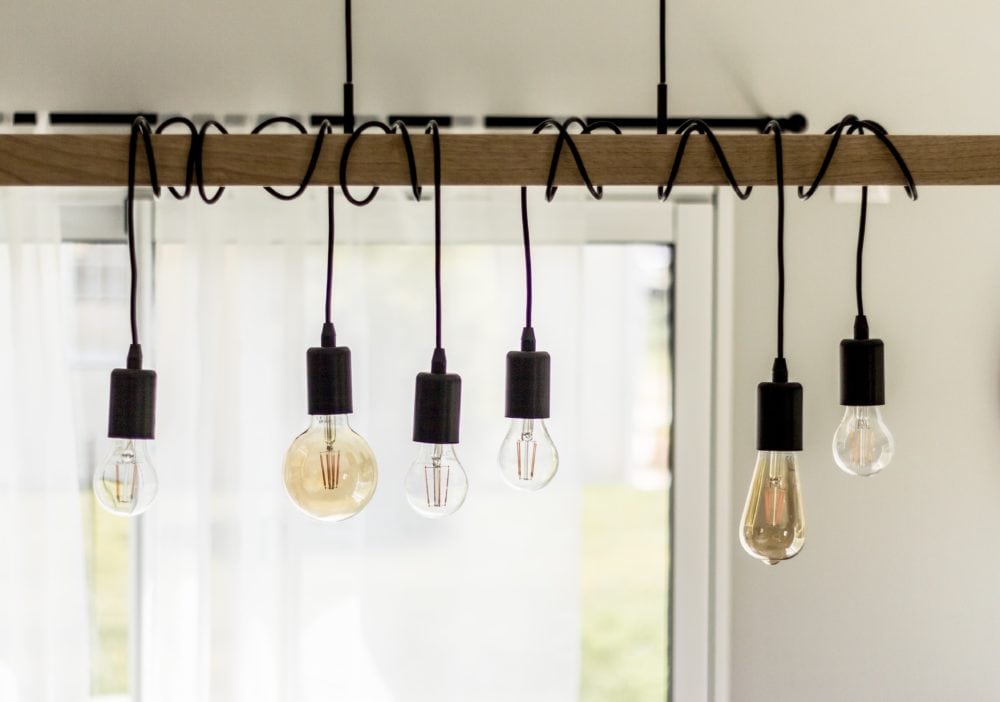
This post will teach you everything you need to know about the important details on how to choose the best LED lights bulb.
The four most important things to look at are: Color Temperature, Lumen Output, CRI (color rendering index), and of course – price!
This site uses ads and affiliate content as an Amazon associate earning on qualifying purchases. Disclosure.
If you’re looking for a quick recommendation on the best LED light bulb, I advise choosing Hyperikon 3000K LED Light Bulbs which are for sale on Amazon. Hyperikon’s 3000K bulbs are the perfect choice for residential living areas, kitchens, and bedrooms.
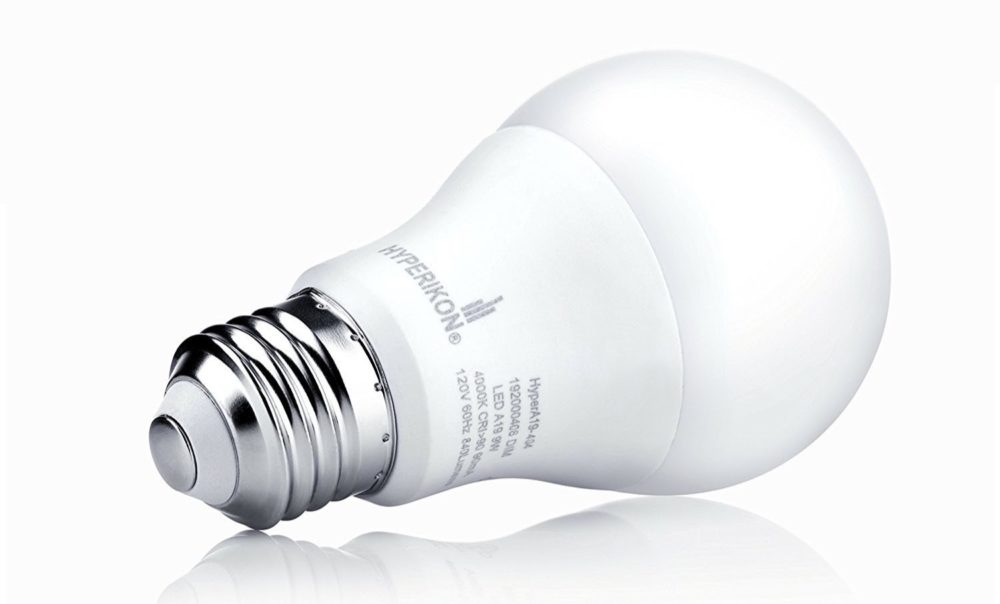
Edison Style LED Bulbs
To improve the look of light fixtures with exposed bulbs, choose a decorative Edison style LED bulb. This style of bulb duplicates the look of a classic edison style light, while retaining all the features and efficiency of a modern LED bulb!
All of the same ratings (color temperature, CRI, lumens) apply to both standard, and Edison style LED bulbs. Keep reading to learn more about how to choose a LED bulb with the perfect color temperature, CRI, and brightness for your home.
If you’re looking for an Edison Style bulb, I recommend choosing this super bright 3000K Edison Style LED bulb. Unlike other dim amber colored bulbs, it puts out a strong, pleasant crisp white color.
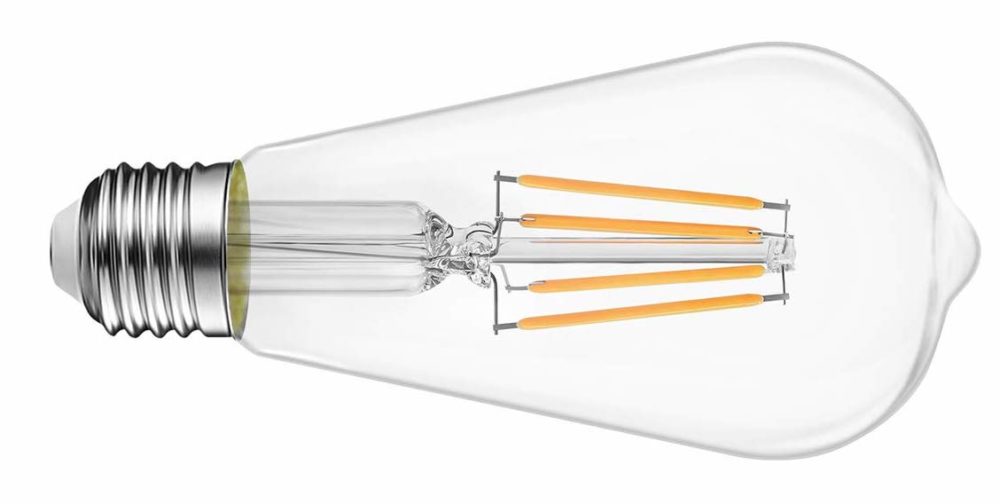
Do LED Lights Really Save Money?
Yes! LED lighting can save a ton of money on your power bill! A conventional incandescent light bulb uses 60 watts of electricity to generate 800 lumens of brightness. An equivalent LED light only uses about 8 watts to produce the exact same amount of light output. This means that an incandescent light bulb uses over 700% more electricity!
Related: Kitchen Under Cabinet Lighting in 30 Minutes
Using average electricity prices in United States, an LED light costs only about $1.02 per year to operate. Compare that to an incandescent light bulb which will will use over $7.50 per year in electricity! Most American homes use 45 or more light bulbs, so upgrading to LED can save $250+ per year on your power bill.
As an added benefit, LED bulbs last 45,000+ hours!
Electricity savings with commercial LED lighting is even more drastic. Warehouse lights, exterior lighting, or retail store lighting is often running 12+ hours per day (in some cases continuously 24/7). Upgrading these types of lights can result in thousands of dollars of electricity savings annually.
What Color Temperature Are LED lights?
Lighting manufacturers use ‘color temperature’ to describe the exact color of light output from an LED light bulb. This is helpful because LED lights come in a broad range of colors.
Color temperature is measured in Kelvin which is abbreviated as “K”. Kelvin is the base temperature unit in the international system of units. This system is used to accurately compare light colors using an exact scientific standard.
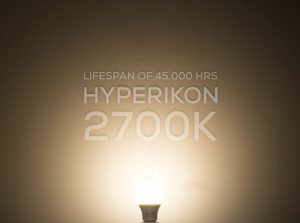
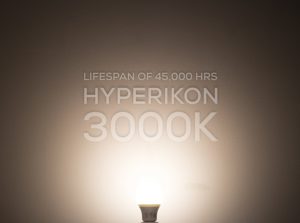
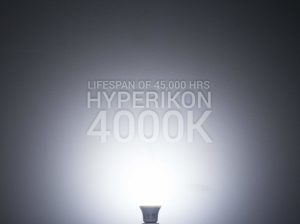
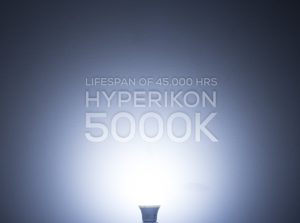
The two most common light bulb colors are: 2700K and 5000K. On this color scale, 2700K is a ‘warm’ color with a yellow hue. 5000K is a ‘cool’ color with a blue hue. Pure white would be somewhere is somewhere in the middle.
In my opinion, 2700K looks too yellow, and 5000K looks too blue for most residential applications.
Although less common, there are LED light bulbs available in 4000K, and my personal favorite: 3000K. More extreme colors like 2200K (amber), and 6500K (bluish purple) can also be found.
In addition to using the kelvin color temperature rating, light bulb manufacturers create descriptive names to accompany the numerical ratings.
Keep in mind that these names are subjective, and not universal. For example, some companies consider ‘soft white’ to be 2700K while others say that soft white is 3000K. Don’t be confused by the conflicting names, just pay attention to Kelvin color temperature number.
Below are some of the commonly used color names:
- 2700K – Soft White, Warm White
- 3000K – Bright White, Soft White
- 4000K – Pure White, Cool White
- 5000K – Daylight, Cool White, Crystal White
It’s important to note that this scale only measures light color, and has nothing to do with brightness. 6500K is NOT brighter than 2700K. To see how bright a light bulb is (total light output) look for the Lumen rating.
Which Color Temperature LED Bulb Should You Choose?
Before picking a color temperature, consider where you plan to install the lights. For most residential kitchens, bedrooms, and living areas, I recommend using 3000K.
This color temperature is a good all-around choice for your home because it offers a crisp white color without being overly warm, or cool.
4000K is also a good color for common areas with tons of natural sunlight. This is perfect for great rooms, living rooms, or kitchens with multiple large windows.
Color Temperature Affects Your Mood!
Did you know that the color temperature of light can affect your energy level, and mood? It’s true!
Natural light from the sun changes color throughout the day, gradually getting warmer. Color receptors in human eyes respond to these changes and signal the body to release hormones which help you wake up in the morning, and go to sleep in the evening.
Related: How To Install Smart Light Switches For Home Automation
Why does this matter? Because you can use this human biology hack to your advantage. Installing bright, cool lights in a office or workshop will help you to help stay focused and productive!
Adjustable Color Temperature LED Light Bulbs
Philips Hue White Ambiance Smart Bulbs have an adjustable color temperature so that you can change the lights to match your needs throughout the day. Change the color temperature to energize, focus, read, or relax.
These light bulbs are connected ‘smart bulbs’ and can be controlled by an app on your phone, with Amazon Alexa, Apple HomeKit, and Google Assistant!
Philips Hue products are consistently ranked as the top choice of smart light bulbs in the industry.

Lumen Output (Brightness)
The lumen is the simplest unit in this article. A lumen is a measurement of light output or brightness. So the higher the lumen rating, the brighter the light! Easy, right?
Old incandescent light bulbs typically came in three different levels of brightness: 40W (not as bright), 60W (standard), or 100W (extra bright).
Even after more efficient light bulbs hit the market, the lighting industry kept these three ratings as the standard to try to minimize confusion.
Although LED light bulbs use significantly less power than 40, 60 or 100 watts, they still use these classifications.
It’s common to see a LED Light bulb labeled like this: 60W* (*uses 9W of power).
If you’re looking for the brightest possible light, ignore all the other ratings; only look at Lumens.
Lumens Per Watt
‘Lumens per watt’ is a measurement that tells you how efficient a light bulb is. A higher lumen per watt rating means better efficiency.
For reference, conventional incandescent light bulbs produce about 800 lumens while using 60 watts of power. This calculates out to just over 13 lumens per watt.
For modern LED light bulbs, anything over 70 lumens per watt is acceptable, and above 90 is exceptional.
What Is CRI Rating (Color Rendering Index)?
CRI or Color Rendering Index is a scale from 0 – 100 that measures a lights ability to render colors accurately compared to a natural light source.
OK, but what does that mean? It means that a low CRI light bulb makes funky light that will distort colors! No one wants to deal with that. So when it comes to CRI, the higher the better.
Any light bulb with a CRI rating of 80 or higher will offer acceptable lighting performance. However, I recommend trying to get the absolute highest CRI that you can find. Ultra high CRI bulbs produce pleasant light, and makes everything look better.
For a light that could last 20 years before burning out, it’s worth going the extra mile go find a great LED light bulb.
The Hyperikon 3000K LED Light is an excellent ultra-high CRI choice. Coming in at a CRI of 95, it’s one of the highest in the industry, and the price on Amazon is unbeatable!
What Is An E26 Base?
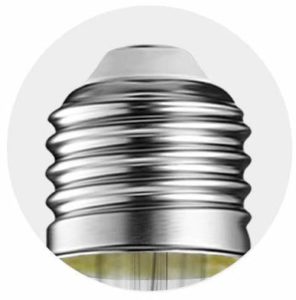
E26 is a size for the base of a light bulb. It describes the size of the threads that the bulb uses to screw into a light fixture or lamp holder.
This sizing standard ensures compatibility between different light bulb manufacturers, and the companies that produce light fixtures.
E26 Base is the most common style of light bulb base used in the United States. The size is also called ‘standard’ or ‘medium base’. All these terms are interchangeable and mean the same thing.
What is E12 LED Candelabra?
E12 is another, smaller size classification for the base of light bulbs. This is the second most common size in the United States.
The E12 size, also called Candelabra, is typically used in smaller decorative bulbs and night lights. Small decorative bulbs are usually found in chandeliers, lamps, and sometimes bathroom vanities, wall sconces or other specialty light fixtures.
Final Thoughts On Choosing A Perfect LED Light Bulb
The four most important things to consider when purchasing an LED light bulb are color temperature, brightness, CRI, and price. I typically look at price first because no matter how great the product is, it must be a good value.
Choose a color temperature to fit the room, and the mood you’re going for. Hyperikon ultra-high CRI 3000K lights are perfect for almost every room in a home. To enhance awareness and focus in an office or workspace, I recommend using super bright 100W* 4000k light bulbs.
And whatever LED bulb you decide to purchase, make sure it has a sufficiently high CRI, and enough lumens to comfortably light a room.
UP NEXT: How To Brighten A Room With These 5 Easy Tips






